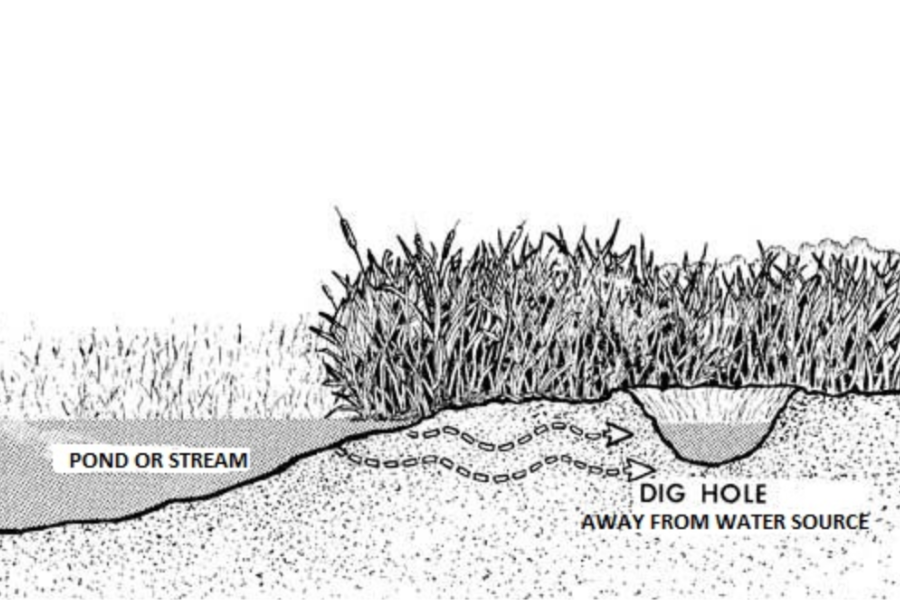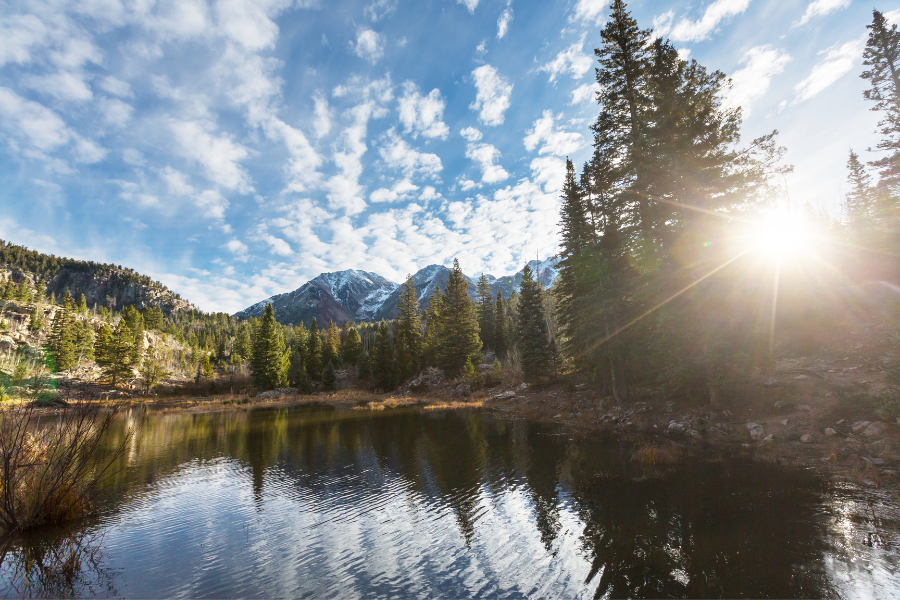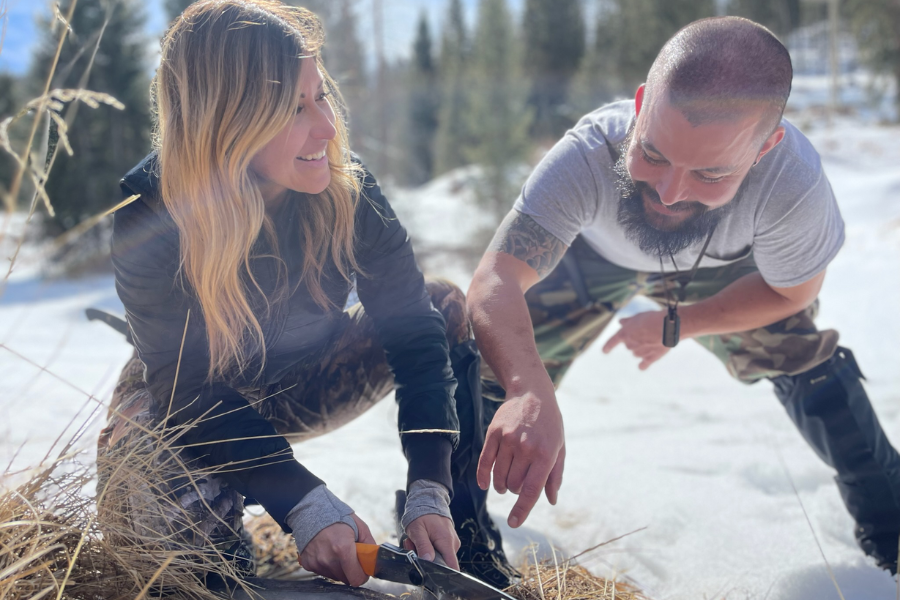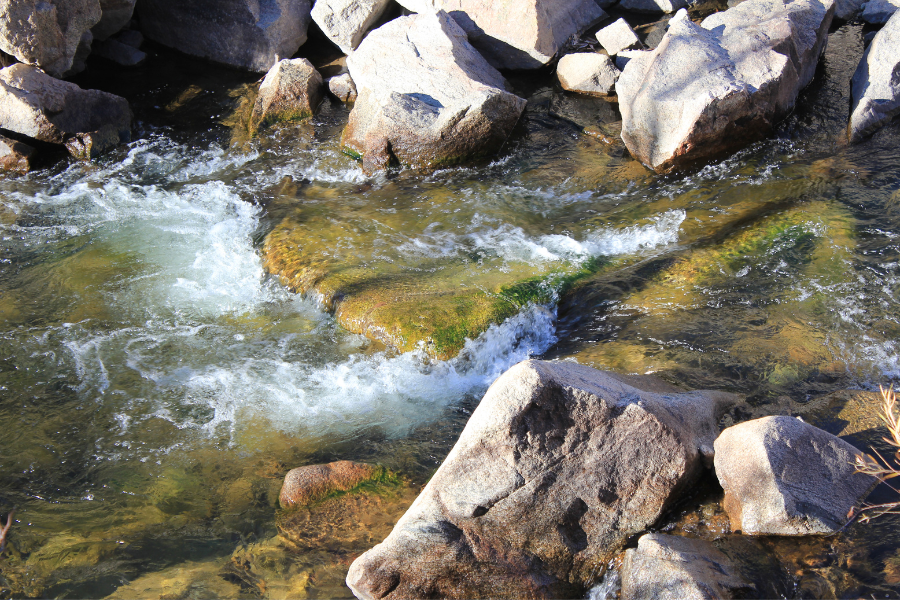CDC Backcountry Water
A Guide to Drinking Water Treatment and Sanitation for Backcountry Travel Use


Essentially a seep well is a hole dug in the ground, near a water source that goes below the natural water table. The water from the water table seeps through the earth and into the hole that you dug. If the hole is dug the correct distance away from the original water source, your water is naturally purified. Albeit that is will most likely have some sediment, it is generally safe to drink.
You can dig a seep well anywhere there is a fair amount of groundwater and in a survival situation it doesn’t have to be all that deep. What is more important is what type of soil the water passes through and how long it takes for this process to happen. Streams, rivers, ponds, lakes, swamps and even areas that are constantly muddy are all suspect for a seep well. The success of your seep well is greatly determined by the location of your well and the depth of the water table.
There are however, many variables that could make this water unsafe.
Remember, procuring water in this fashion is not 100% guaranteed that it will be free of contaminates, bacteria or toxins. Use your best judgment and if at all possible it is highly recommended that you boil your water or run it through a more proven water filter. If your water still has too much sediment in it, you can always strain it though a piece of cloth to filter out large particles. This sort of filter will not remove bacteria.
Also keep in mind that your newly dug seep well may attract wildlife which will introduce new contaminates. If you are away from your seep well for an extended period of time, we suggest that you empty its contents and allow it to fill with new water. It may be a good idea to check for animal tracks, urine and feces. While urine and feces are undesirable, animal tracks will give you a sense of what wildlife is in the area and could provide you with a food source if your trapping or hunting skills are up to par.

A Guide to Drinking Water Treatment and Sanitation for Backcountry Travel Use

Surviving in adverse conditions can be a test of one’s physical, mental, and emotional strength. Whether it’s facing a natural disaster, getting lost...

9 min read
Bryant, Charles W.. "How to Find Water in the Wild" 07 January 2008. HowStuffWorks.com. Getting lost or stranded in the wild is...